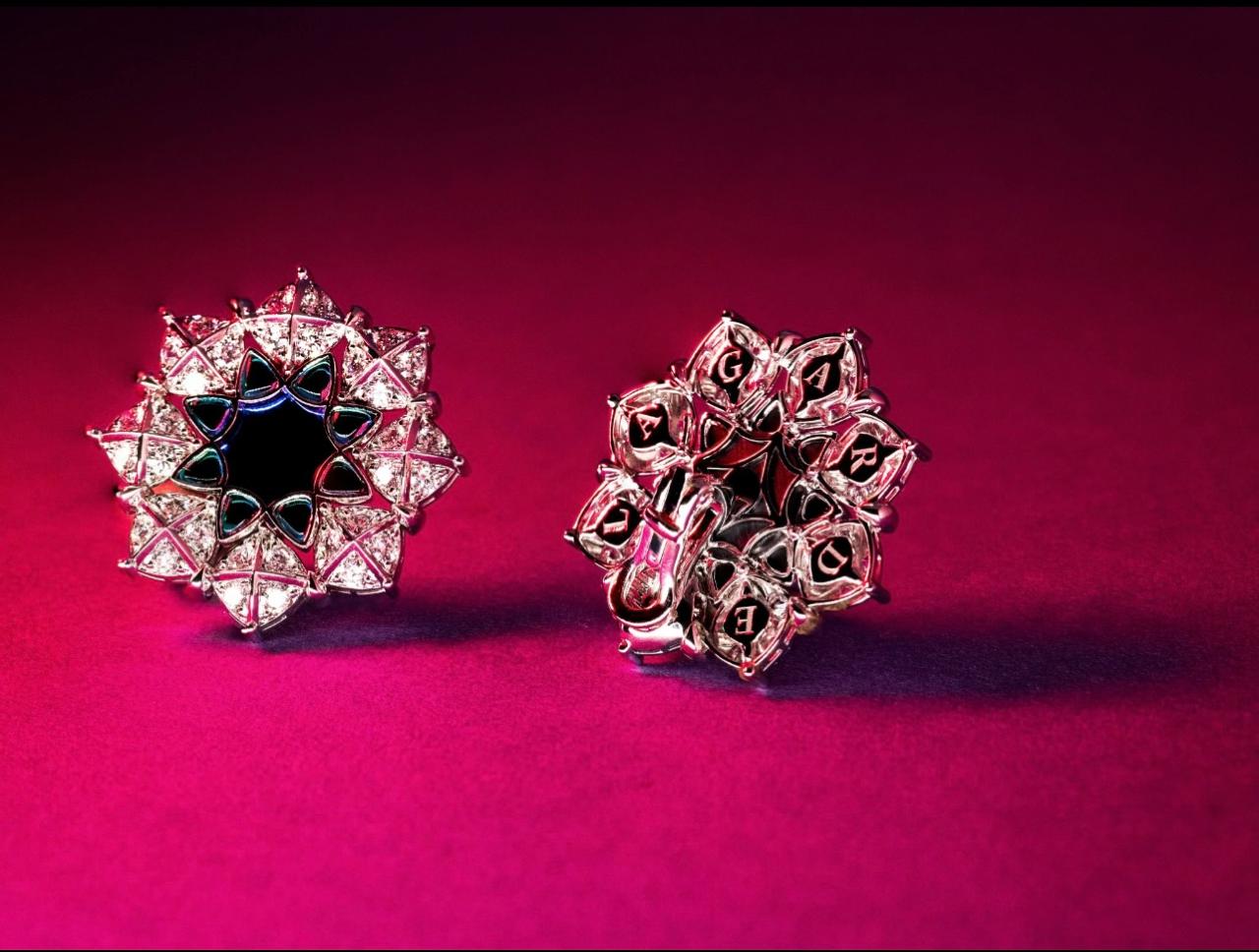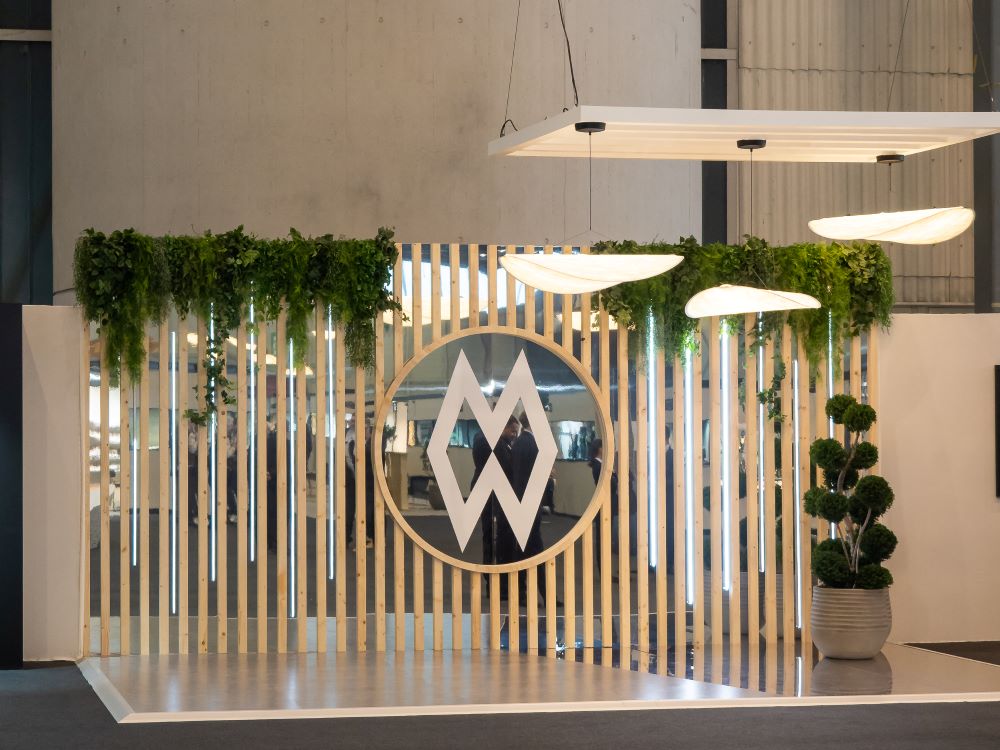This cinematic classic came to define the essential qualities of a Bond film; the design, the locations, the gadgets, and the eccentric adversary. Today, on the anniversary of the film’s premiere on 17 September 1964, Rolls-Royce explores the story of Goldfinger and the British icon that featured in it – the Rolls-Royce Phantom.
The film sees eponymous villain, Auric Goldfinger, driven by his henchman, Oddjob, across Europe in an exquisite 1937 Rolls-Royce Phantom III Sedanca de Ville. The coachwork of this imperious motor car holds a secret – it is made from two tonnes of solid 18-carat gold, which Goldfinger is smuggling from England, across the continent and over the challenging Furka Pass into Switzerland. Once safely installed in Auric Enterprises, he uses his alpine smelting plant to disassemble his Rolls-Royce, melting down the body panels into gold bars. With the original coachwork replaced, he returns his motor car to England and repeats this nefarious crossing.
Today marks the 60th anniversary of Phantom’s most memorable big-screen debut in the 1964 James Bond film, Goldfinger. The 1937 Rolls-Royce Phantom III Sedanca de Ville used in the film is both the perfect accomplice for its villain, Auric Goldfinger, and an enduring muse within our brand. The model used also holds a special place in the Rolls-Royce canon as it was the final motor car personally developed by our visionary founder, Sir Henry Royce. I look forward to announcing a brilliant new chapter in this story imminently.
Chris Brownridge, Chief Executive Officer, Rolls-Royce Motor Cars
Goldfinger’s master plan, named ‘Operation Grand Slam’, is far more ambitious; he plans to irradiate the gold stored in the Fort Knox Bullion Depository with an atomic device, rendering it worthless, driving the value of his own reserves into the stratosphere.
Goldfinger’s choice of a Phantom III for smuggling gold is as brilliant as the precious metal that compels him. Its generous proportions allow for a significant amount of contraband to be concealed, and the gold’s ‘divine weight’ would do little to hinder this potent motor car’s performance, even on the demanding alpine roads. Phantom III was the first V12-powered Rolls-Royce in history, producing 165bhp from its 7.3-litre engine, a 37.5% increase in power from its predecessor, the 120bhp Phantom II.

Phantom III was also the last motor car to be developed by Henry Royce himself, prior to his death in 1933. It includes a number of innovations that would have greatly improved those smuggling runs for Goldfinger. Its suspension system incorporates fully adjustable hydraulic shock absorbers which can be controlled from the driver’s seat, allowing Oddjob to fine-tune the ride depending on whether the motor car was laden or not.
The specific motor car used by Goldfinger is equipped with an open front and enclosed rear ‘Sedanca de Ville’ – or Town Car – body by coachbuilders Barker. Its commanding presence prompts Bond himself to remark, “She’s a beauty… Phantom III ‘37, isn’t she?” as Oddjob loads Goldfinger’s signature gold golf club and harlequin umbrella into the boot outside Stoke Park, the private sporting estate where Bond first meets them.
Goldfinger’s Phantom III wears the numberplate ‘AU 1’, a reference to the chemical symbol for gold on the periodic table of elements. While this was an obvious choice for the filmmakers, its designation has more simple origins. AU was the original British numberplate code designating that a motor car had been registered in Nottingham and AU 1 was issued in 1901 for one of the first vehicles in the area. After being used in the film, it was subsequently transferred to other Rolls-Royce motor cars, following its big-screen debut.
Prior to its role in the film, this Phantom III was originally commissioned for American-born Huttleston Rogers Broughton, who settled in England and became the first Lord Fairhaven of Anglesey Abbey. Challenging the conventions of the time, it was painted almost entirely in black, including all lamp housings, bumpers, wheel discs and even the rear-view mirror surround. It included a white coachline, which highlighted the bonnet sides and top, and the chrome radiator shutters were sandblasted for a more subdued finish. The instruments included imperial and metric measurements, as it would be used by Lord Fairhaven on roads in Britain and Continental Europe. The motor car’s signature two-tone yellow and black finish was then applied for its appearance in Goldfinger. At 14:00 BST, on 25 October, Rolls-Royce will open a new chapter in the ‘AU 1’ Phantom story, furthering the legacy of this extraordinary motor car, and Rolls-Royce’s connection to the James Bond film franchise.

About Rolls-Royce Motor Cars
Rolls-Royce Motor Cars is a true luxury house, creating the world’s most recognised, revered and desirable handcrafted Bespoke products for its international clientele.
There are over 2,500 people working at the Home of Rolls-Royce at Goodwood, West Sussex. This comprises both its global headquarters and Centre of Luxury Manufacturing Excellence – the only place in the world where Rolls-Royce motor cars are designed, engineered and meticulously built by hand. An independent study by the London School of Economics & Political Science confirms that since the company first launched at Goodwood in 2003, it has contributed more than £4 billion to the UK economy and adds more than £500 million in economic value every year.
Rolls-Royce Motor Cars is a wholly-owned subsidiary of the BMW Group and is a completely separate, unrelated company from Rolls-Royce plc, the manufacturer of aircraft engines and propulsion systems.
Follow marque on social media LinkedIn; YouTube; Instagram; and Facebook.



